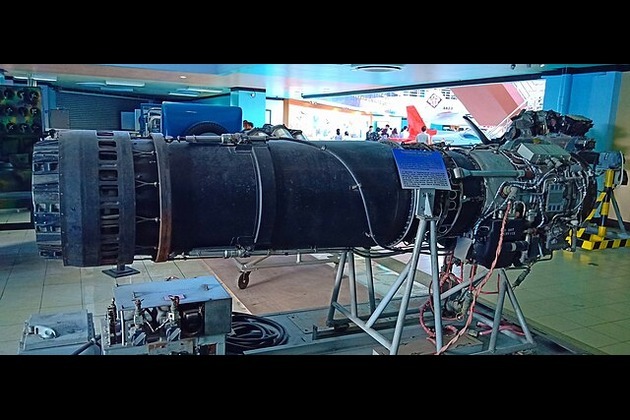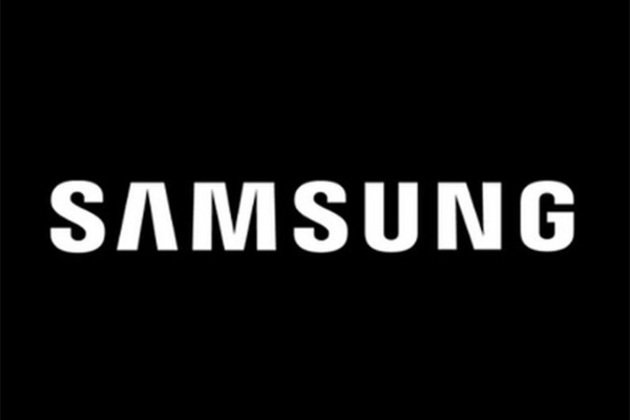China science, technology news summary -- March 17
Xinhua
17 Mar 2023, 17:14 GMT+10

BEIJING, March 17 (Xinhua) -- The following is a summary of published science and technology news of China.
LUNAR STATION
Scientists have proposed several objectives for a future international lunar research station, including moon-based Earth observation and lunar resource utilization, the China Science Daily reported on Friday.
China plans to establish a basic model for a lunar research station based on two planned exploration missions by 2028, and subsequently expand it into an international one.
SELF-DRIVING
A research team from Tsinghua University has made a breakthrough in autonomous driving, developing a technology that allows vehicles to self-learn while driving to deal with unfamiliar situations, an innovation that could resolve self-driving safety concerns.
The technology enables continuous performance improvements in cars using the data collected during autonomous driving, unlike the conventional method of training cars as much as possible in various driving scenarios in advance, according to the study findings published in the journal Nature Machine Intelligence.
Conventional self-driving technology is based on an algorithm with more data collected through lengthy trainings in possible driving scenarios, whereby the car has a preset response plan in case of emergency. Therefore, the car might not know how to react in unfamiliar situations in which it has not trained, posing a threat to driving safety.
NEUTRON STAR
A group of Chinese astronomers identified a peculiar neutron star candidate in a binary system, 385 light years away from the Earth, which could be the nearest and lightest neutron star ever known if confirmed.
The researchers from Peking University and the National Astronomical Observatories under the Chinese Academy of Sciences reported the discovery based on observations of China's Large Sky Area Multi-Object Fiber Spectroscopic Telescope (LAMOST) and the Nanshan 1-meter Wide-field Telescope (NOWT) in northwest China's Xinjiang Uygur Autonomous Region.
The candidate, a dark companion to an old-age star, with only approximately 0.98 times the solar mass, is presumed to resemble an X-ray-dim isolated neutron star (XDINS), but in binary, according to the study published in The Astrophysical Journal Letters.
 Share
Share
 Tweet
Tweet
 Share
Share
 Flip
Flip
 Email
Email
Watch latest videos
Subscribe and Follow
Get a daily dose of Business Sun news through our daily email, its complimentary and keeps you fully up to date with world and business news as well.
News RELEASES
Publish news of your business, community or sports group, personnel appointments, major event and more by submitting a news release to Business Sun.
More InformationFinancial Markets
SectionU.S. stocks steady Tuesday despite tariffs turmoil
NEW YORK, New York - U.S. and global markets showed a mixed performance in Tuesday's trading session, with some indices edging higher...
Beijing blamed for covert disinformation on French fighter jet Rafale
PARIS, France: French military and intelligence officials have accused China of orchestrating a covert campaign to damage the reputation...
Birkenstock steps up legal battle over fakes in India
NEW DELHI, India: Birkenstock is stepping up its efforts to protect its iconic sandals in India, as local legal representatives conducted...
Wall Street reels after Trump invokes new tariffs
NEW YORK, New York - Monday's trading session saw mixed performances across U.S. and global markets, with several major indices posting...
Trump admin allows GE to restart engine sales to China’s COMAC
WASHINGTON, D.C.: The U.S. government has granted GE Aerospace permission to resume jet engine shipments to China's COMAC, a person...
Russia among 4 systemic risk countries for Italian banks
MILAN, Italy: Italian regulators have flagged four non-EU countries—including Russia—as carrying systemic financial risk for domestic...
Technology
SectionTikTok building U.S.-only app amid pressure to finalise sale
CULVER CITY, California: TikTok is preparing to roll out a separate version of its app for U.S. users, as efforts to secure a sale...
Trump admin allows GE to restart engine sales to China’s COMAC
WASHINGTON, D.C.: The U.S. government has granted GE Aerospace permission to resume jet engine shipments to China's COMAC, a person...
Meta hires SSI CEO Gross as AI race intensifies among tech giants
PALO ALTO/TEL AVIV: The battle for top AI talent has claimed another high-profile casualty—this time at Safe Superintelligence (SSI),...
Microsoft trims jobs to manage soaring AI infrastructure costs
REDMOND, Washington: Microsoft is the latest tech giant to announce significant job cuts, as the financial strain of building next-generation...
Nvidia briefly tops Apple’s record in AI-fueled stock rally
SANTA CLARA, California: Nvidia came within a whisker of making financial history on July 3, briefly surpassing Apple's all-time market...
Samsung Electronics sees 56% drop in Q2 operating profit due to chip slump, US tariffs
Seoul, [South Korea], July 9 (ANI): Samsung Electronics announced its second-quarter operating profit dropping by nearly 56 per cent...












